Description
HED4806 Assignment 3 Memo | Due 2025. All questions fully answered. SECTION A Section A is an extract from chapter 14 of the prescribed textbook (Seroto, Davids & Wolhuter, 2020). Read the extract and then answer the questions that follow. Mother tongue as a medium for teaching and learning in multicultural/multilingual societies. Decolonising previously marginalised indigenous languages is, no doubt, one of the most important tasks facing South Africa today. A people’s dignity and self-esteem are restored, and identity and respect maintained, if they speak and use their mother tongue. A people’s language is a heritage bestowed upon them by their ancestors. However, the later generations of our people dumped their languages and embraced the foreign tongue (Sotashe 2017). Wa Thiong’o (1986:4) placed specific emphasis on the use of the relevant local language to decolonise the mind of the African people. In his discussion of the language of African literature, 22 Wa Thiong’o (1986:4) posits that language be put at the centre of people’s definition of themselves, in relation to their natural and social environment and to the world at large. He, further, argues that decolonisation has to start with language. This shows the importance of a person’s language. Wa Thiong’o (1986:4) made an important point about the language of indigenous people’s evening teachings (home teaching), and the language of their immediate and wider community, as well as the language of their field of work. There was harmony in the language used at home, in the community and in their world of work. This harmony was broken by the start of colonial schools. Wa Thiong’o (1986:11) indicates that when schools were still run by Kenyan patriotic nationalists, their medium of teaching and learning was Gĩkũyũ. After the declaration of a state of emergency in Kenya in 1952, the colonial regime took over the administration of all the schools that the nationalists had previously run. English became the language of formal education. To show how the indigenous languages were marginalised in the colonial classroom, Wade (2018) states that the Alliance High School, which Wa Thiong’o attended, used English as a medium of teaching and learning. Children who were found speaking the local Gĩkũyũ language were beaten. On the other hand, any achievement in spoken or written English was highly rewarded. In his own words, Wa Thiong’o (1986:11) says: “One of the most humiliating experiences was to be caught speaking Gĩkũyũ in the vicinity of the school. The culprit was given corporal punishment – three to five strokes of the cane on bare buttocks – or was made to carry a metal plate around the neck with inscriptions such as ‘I am stupid’ or ‘I am a donkey’. Sometimes culprits were fined money they could hardly afford.” This demonstrates that the colonial classroom became an instrument of psychological subjugation of people during the colonial period. English was the language of power, rationality, and intelligence. Gĩkũyũ, which Ngũgĩ would write, was considered backward, and had to be forced out. This is how local languages were suppressed across all colonies (Wade 2018:3). The relevant local language, as suggested by Wa Thiong’o (1986:4), will be referred to as mother tongue in this chapter. UNESCO (2003:15) describes mother tongue as the language that one has learnt first; the language one identifies, with or is identified as a native speaker; the language[s] one knows best, and the language one uses most. In addition, Mizza (2014:101) considers mother tongue as the child’s inborn, or first acquired, language. Mizza (2014:101) considers the term mother tongue as a language that a person learnt as a child at home (usually from their parents). Children growing up in bilingual homes can, according to this definition, have more than one mother tongue or native language. According to Asif, Bashir and Zafar (2018:67), the mother tongue is referred to as the first language (L1). Considering the definitions provided in this paragraph, people could not conclude that the concept mother tongue is referring to the language spoken by children’s biological parents only. To cover children adopted by other families, mother tongue in this chapter will refer to the first acquired language. Mother tongue instruction generally refers to the use of the learners’ first acquired language as the medium of instruction. Mother tongue instruction refers to the language learners use at home (UNESCO 2003). The language of instruction refers to the language used for teaching the basic curriculum of the educational system. In cases where several languages are spoken, bilingual and multilingual education can be implemented to cater for all learners. Bilingual and multilingual education refers to the use of two or more languages as mediums of instruction. In much of the specialised literature, the two types are subsumed under the term ‘bilingual education’ studies have shown that in many cases, teaching and learning in the mother tongue is beneficial for first and second language competencies, as well as achievement in other subject areas (UNESCO 1953). Nevertheless, the application of the principle of mother tongue instruction is far from being implemented (Cummins 1981). Mother tongue instruction assists education to become more relevant to learners’ home cultures by integrating the school with the surrounding community (Luguarda & Woodward 2013:455). Teachers using mother tongue teaching will be able to integrate the local expertise and indigenous knowledge systems into a formal curriculum. A system that educates children with other languages rather than mother tongue denies them access to quality education (Mizza 2014:102). In emphasising the importance of mother tongue, UNESCO (1953) states: “Mother tongue instruction should be the best way for children to learn as it bridges the gap between home language and language of instruction. Every language is sufficient to give high cognitive skills to its users and there are no major or minor languages. Therefore, mother tongue instruction should be extended as long as possible. A lingua franca or a language of wider communication cannot be a substitute for the mother tongue, and it should be avoided until the child has fully acquired their mother tongue.” When UNESCO published the report, it was commonly thought that, if children were provided with mother tongue literacy and education for their first few years of school (one to three years), while also learning the international language of wider communication as a subject, they would develop sufficiently strong literacy skills to be able to switch from their mother tongue to the second language medium by about Grade 3 or Grade 4 (Dikotla 2018). This indicates that UNESCO did not support mother tongue instruction up to higher education. Questions 3.1. “One of the most humiliating experiences was to be caught speaking Gĩkũyũ in the vicinity of the school. The culprit was given corporal punishment – three to five strokes of the cane on bare buttocks – or was made to carry a metal plate around the neck with inscriptions such as ‘I am stupid’ or ‘I am a donkey’. Sometimes culprits were fined money they could hardly afford.” 3.1. a) Explain the effects of the above practice in the broader context of decolonisation. (5) 3.2. Ngũgĩ wa Thiong’o advocates the use of the local language to decolonise the minds of African people. What is your understanding of the term “decolonisation of the mind”? In your discussion, summarise the views of Wa Thiong’o regarding language. (15) 3.3. Wade (2018) states that the Alliance High School, which Wa Thiong’o attended, used English as a medium of teaching and learning. Children who were caught speaking the local Gĩkũyũ language were beaten. Do you consider such punishment to be fair or unfair? Provide reasons for your answer. (10) 3.4. Explain the concept “mother tongue”. Give examples to support your answer. (10) 24 3.5. Some scholars think that teaching learners in their mother tongue is counterproductive. Argue for and against the use of mother tongue instruction in your educational context. (10) Subtotal: [50] SECTION B Tanzania (chapters 7 and 10 of the prescribed book) “ … [I]f education in Tanzania and, indeed, in other parts of Africa is to mean anything, it must aim at equipping children with the knowledge, skills and attitudes for tackling … societal problems.” (Ndunguru 1976:75). 3.1. What is your understanding of education for self-reliance? (5) 3.2. What is generally understood by the concept “Ujamaa”? (5) 3.3. In a few sentences, explain the aim of education for self-reliance. (10) 3.4. What were the challenges of education for self-reliance? (5) [25] International and Comparative Education and its promise in the Global South (chapter 8 of the prescribed book) 3.5. Define the concept “comparative education” by focusing on its role in the evaluation of other education systems. (3) 3.6. Mention and discuss each of the four areas under the application of comparative education to explain its value, purpose and contribution to education. (12) 3.7. Briefly discuss any five qualitative challenges that negatively influence the supply of quality education in the Global South. (10) (25) Subtotal:[50]


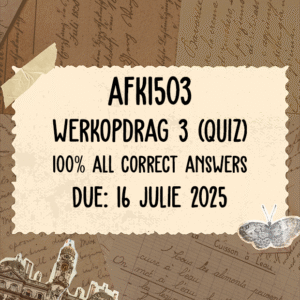



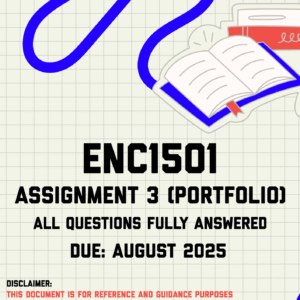
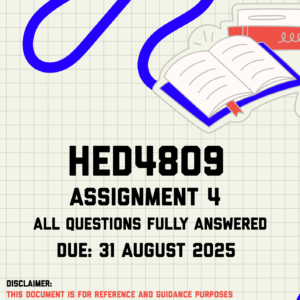
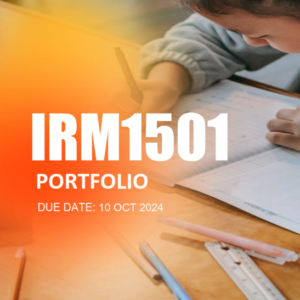



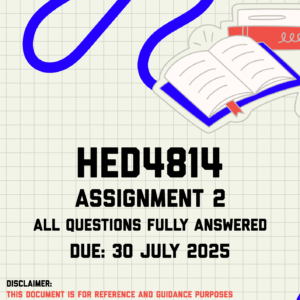

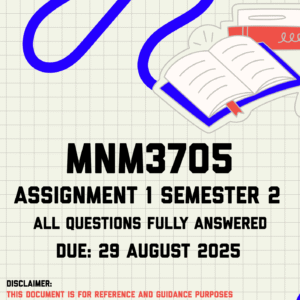

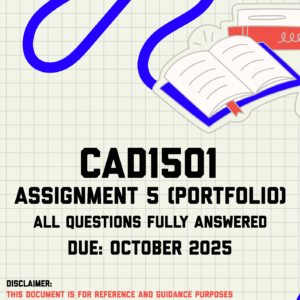
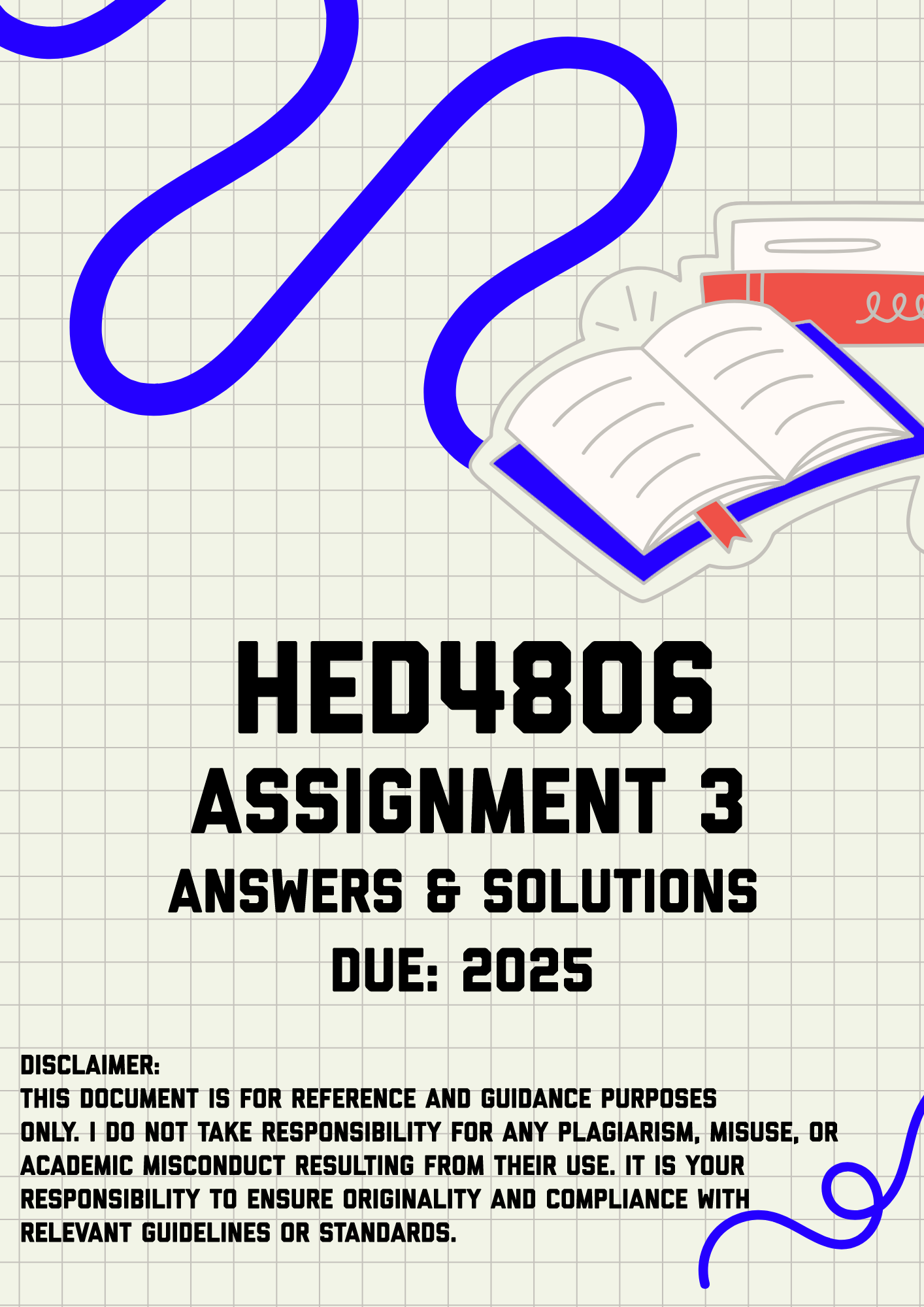
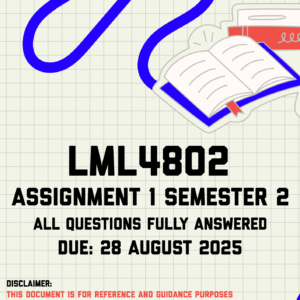



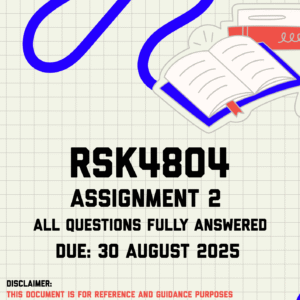

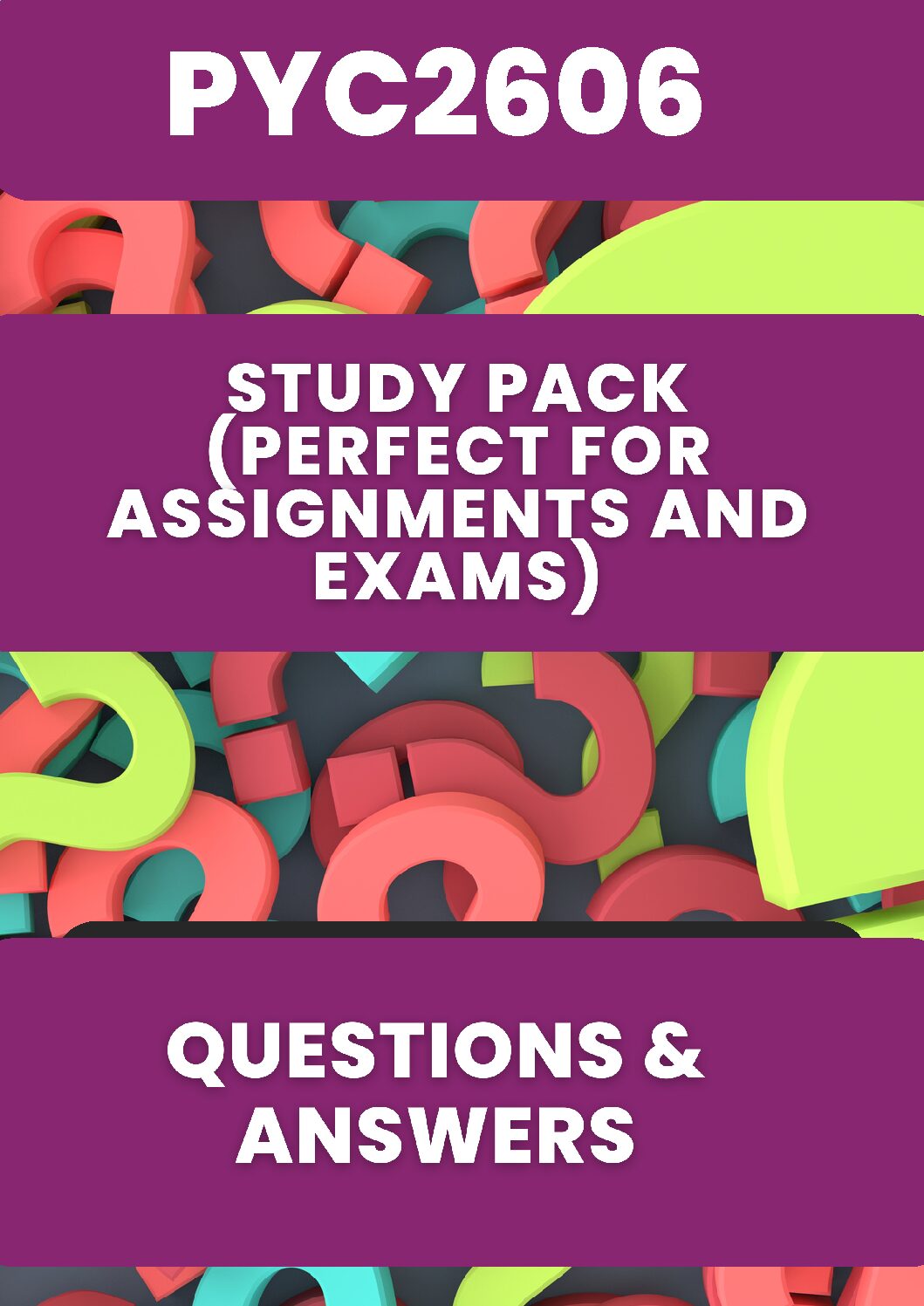
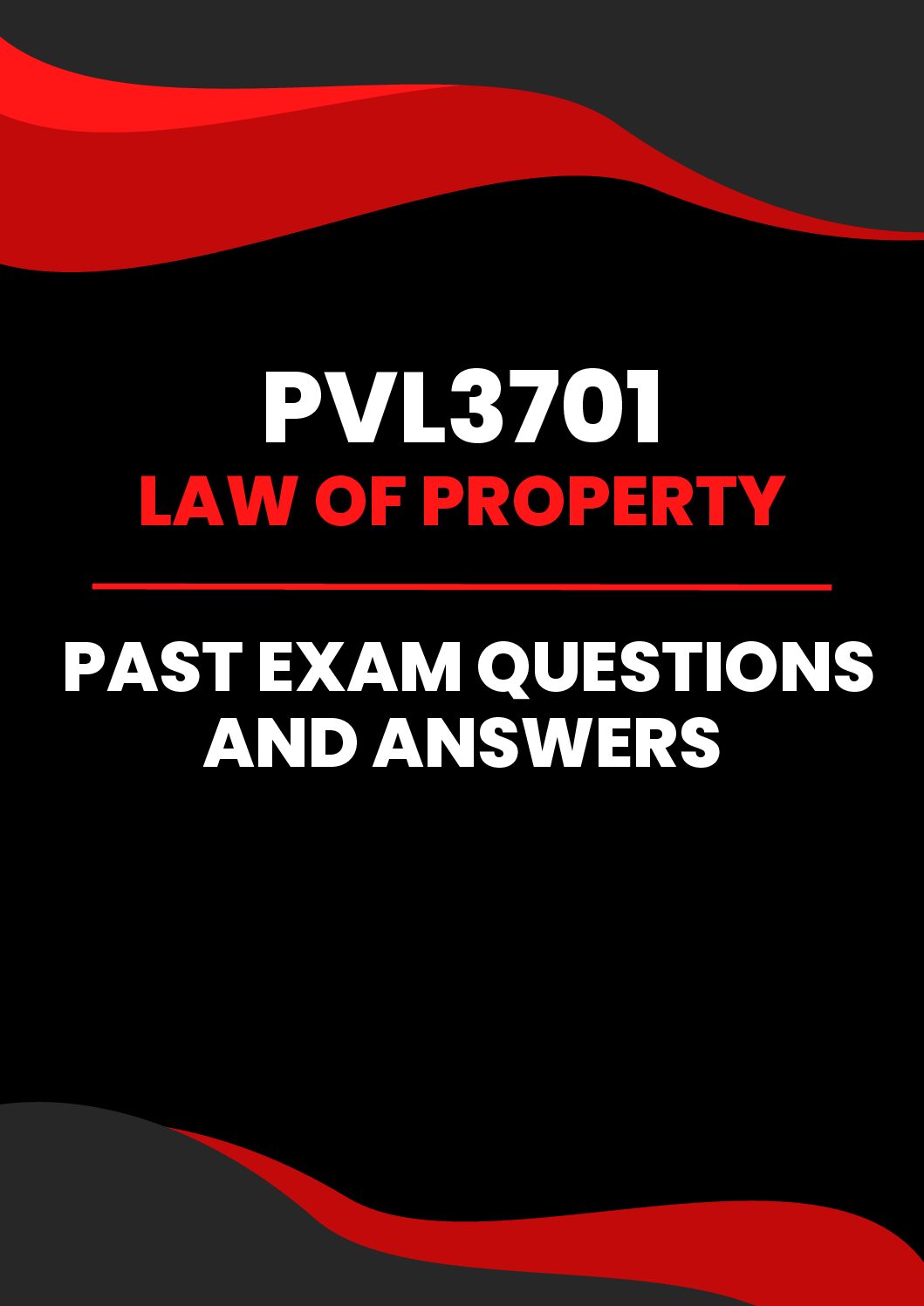

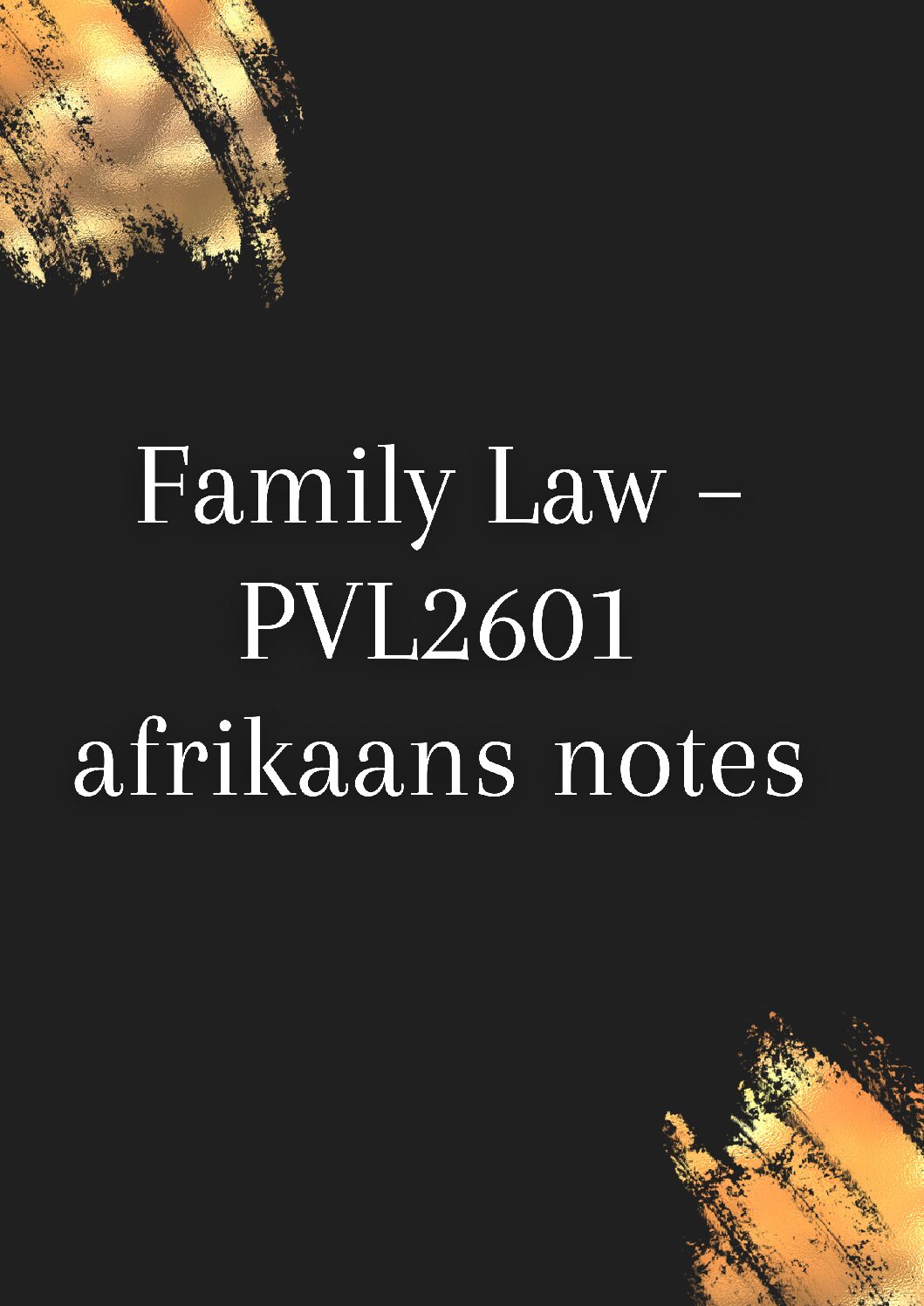
Reviews
There are no reviews yet.